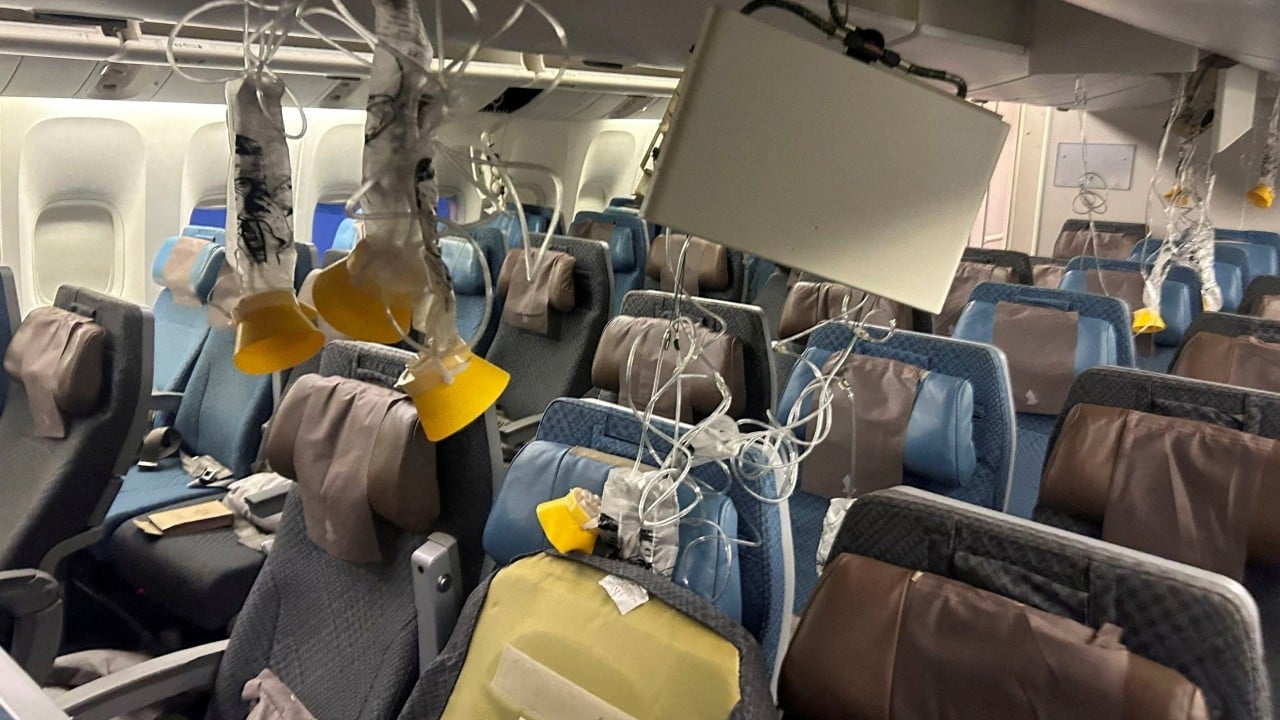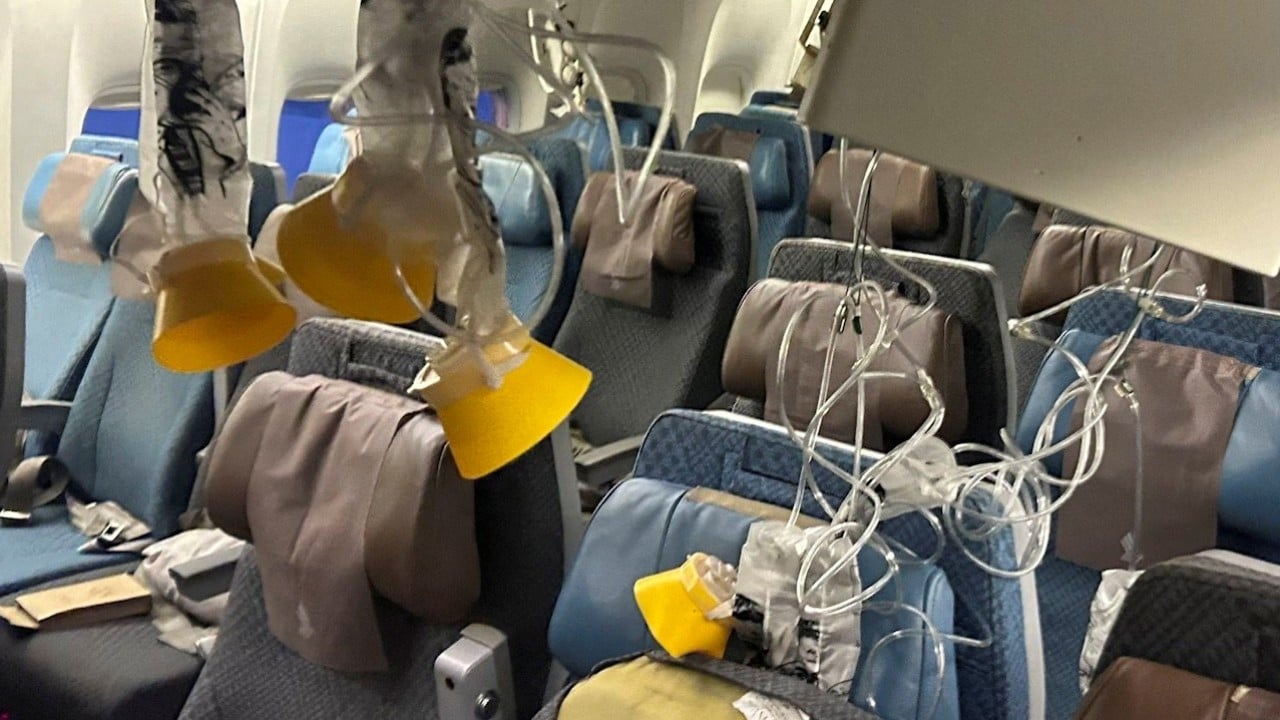Singapore has pledged to strengthen aviation safety practices around in-flight turbulence after two accidents last year that resulted in one fatality and multiple injuries.
Advertisement
Severe turbulence will now be classified as a state-level operational safety risk, alongside runway incursions, mid-air collisions and system failures, the Civil Aviation Authority of Singapore (CAAS) said in its Singapore National Aviation Safety Plan for 2025-2027, released on Wednesday.
The report identified 45 actions to bolster safety around operational and emerging risk areas. Of the accidents logged by Singapore in 2024, turbulence ranked as the highest. In an earlier safety plan for 2022-2024, turbulence was mentioned mainly in the context of training and operational awareness, not classified as a priority risk area in its own right.
In May last year, one person died and scores of passengers suffered serious injuries when a Singapore Airlines flight from London to Singapore encountered severe turbulence over Myanmar. In September, one passenger and one cabin crew member were injured on a Guangzhou-bound flight that ran into turbulence over Hong Kong. Investors continue to probe the cause of the May accident.
In the immediate aftermath of that first incident, airlines worked to implement a variety of measures, including drilling flight crews on turbulence-related scenarios and enhancing forecasting and detection systems.
Mid-air instability is becoming a more common hazard for carriers and passengers as rising global air traffic density means more planes flying in crowded skies, often through the same storm systems. Climate change is another factor: warming temperatures at cruising altitudes are strengthening jet streams and creating conditions linked to more frequent episodes of so-called clear-air turbulence.


